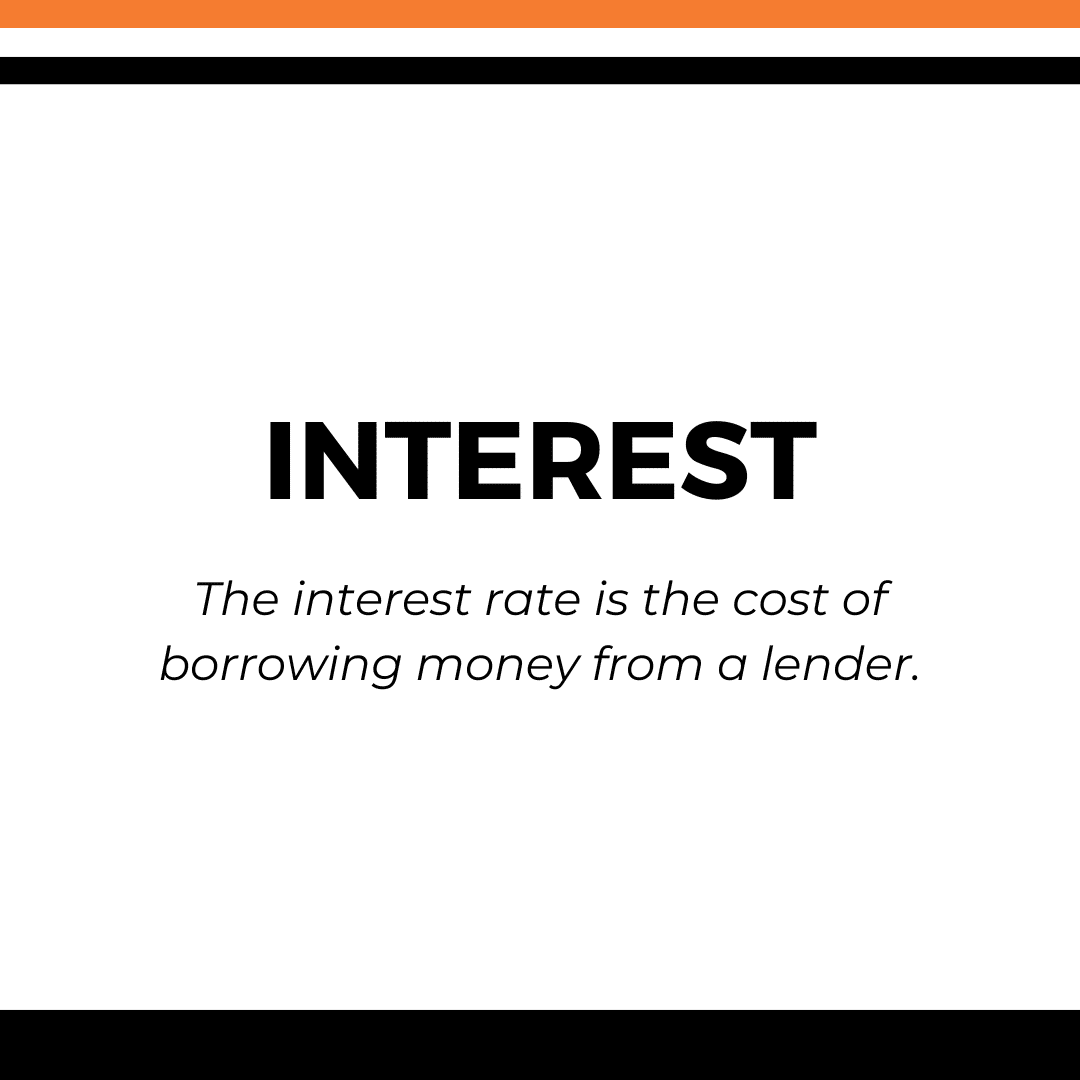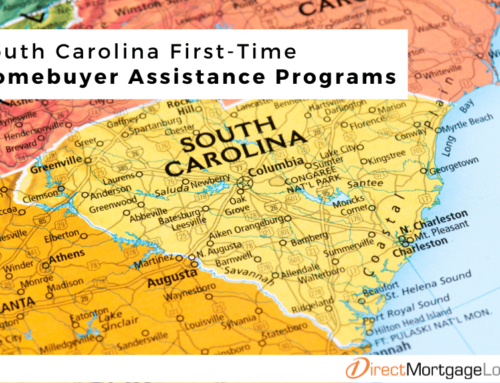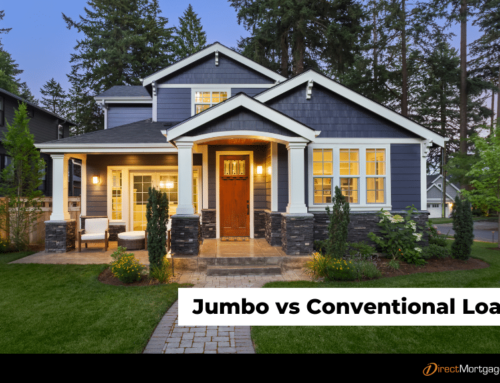According to the most recent report from the National Association of Realtors, the median sales price for existing homes is $384,500. As a result, many potential homebuyers are left wondering what income is needed to purchase a home.
Subscribe to our blog to receive notifications of posts that interest you!
Income Needed For A $300k House In America
If you’re planning to purchase a $300,000 house in the United States, it’s important to consider various factors like your credit score, down payment, debt-to-income ratio (DTI), and mortgage rate. These factors collectively determine your affordability.
Most lenders typically adhere to the 28/36 rule, which means that your monthly housing payments should not exceed 28% of your gross income, and your total debt payments, including your mortgage, should not surpass 36%.
As an example, let’s use the national average yearly salary, which is $63,795, according to the latest data from the Social Security Administration. If we divide this by 12 months, we get around $5,316 per month.
By applying the 28% rule, you should not spend more than $1,489 per month on housing. Furthermore, the 36% rule states that your total debt payments, including your mortgage, should not exceed $1,913.76 per month, based on the same $5,316 monthly income.
How much down payment for a $300k house?
The down payment for a $300K house depends on the type of mortgage you choose. Each loan program has its own requirements and eligibility criteria. Here’s a breakdown of some common down payment options:
Down Payment Options For a $300k house
20% Down Payment
The most common mortgage option for homebuyers who can make a 20% down payment is a conventional loan. This is because putting down 20% usually results in more favorable loan terms compared to other government-backed mortgage options, and eliminates the need for private mortgage insurance (PMI).
10% Down Payment
If you’re planning to purchase a home with a 10% down payment, you’ll have two main loan options to consider: conventional and FHA loans. However, it’s important to determine which option works best for you, based on your specific financial situation.
5% Down Payment
Opting for a 5% down payment offers similar options to a 10% down payment. Both conventional and FHA loans are still available, but each with its own advantages and considerations.
0% to 3.5% Down Payment
If you’re a veteran or active-duty military service member, you may be eligible for a VA loan with 0% down payment required. Similarly, USDA loans are available for qualified homebuyers in designated rural areas, also requiring 0% down payment.
There are various down payment assistance programs available, including the 100% FHA financing program that doesn’t require a down payment. To learn more about this program, you can speak with a Loan Officer and check if you’re eligible.
Moreover, FHA loans offer a low-down payment option starting from 3.5%. However, you need to meet their eligibility requirements. Specifically, if you choose to put down as little as 3.5%, you will need to have a credit score of at least 580.
Breakdown Of A Monthly Mortgage Payment On $300k House
If you’re planning to buy a $300,000 home, it’s important to understand the breakdown of your monthly mortgage payment. Let’s assume you’re making a 20% down payment, and you have a 30-year loan term with a 7.2% interest rate.


The principal and interest (P&I) of your loan is the major component of your monthly payment. This means you’ll be paying back the loan principal and any interest accrued. According to our mortgage payment calculator, you can expect a monthly P&I payment of $2,036 or $24,436 annually.
Apart from the principal and interest, there are various expenses to consider while determining your monthly mortgage payment. Property taxes are one such example, which are based on the assessed value and location of your property.
Another essential factor is homeowners’ insurance, which covers any damage or loss to your home in case of unexpected events. The cost of the insurance premium depends on the value of your home, location, and reconstruction cost.
If your down payment is less than 20%, you may also need to pay mortgage insurance (PMI) until you have 20% equity in your home, depending on the type of loan you choose.
Where You Can Get A $300,000 Mortgage
Direct Mortgage Loans could help you obtain a $300,000 mortgage and offer a variety of loan options. Start by exploring our loan options and speaking with a loan officer.
What To Do Before You Apply for A $300k Mortgage
If you’re looking to take out a $300,000 mortgage, there are a few steps you can take to make the process smoother. First, check your credit score and history; in some cases, a higher score could lead to better loan terms. Moreover, saving up for a down payment can also be helpful, as it could lower your monthly payments and the total amount of the loan.
Make sure to gather important financial documents, like pay stubs, bank statements, and tax returns to show proof of income and employment. It’s also important to understand and budget for closing costs, which are the extra expenses you’ll need to pay at closing.
How To Get A $300k Mortgage
- Speak with a Mortgage Lender: Reach out to one of our expert Loan Officers to set up a no-obligation call to discuss your home buying goals and specific financial situation.
- Gather Documents & Submit Application: The next step includes gathering your financial documents like W-2’s paystubs and bank statements. Then use those documents to complete the pre approval application.
- Find a Home: Work with a trusted Real Estate Agent to find a place to call home that is within your budget of $300,000 and submit an offer.
- Closing: After the offer has been accepted, sign the necessary documents, transfer funds, and complete any remaining steps outlined by your real estate agent and lender.
FAQ’s About A Mortgage On A $300k House
Can I buy a $300k house on a $60k salary?
Thinking about buying a $300,000 home with a $60,000 yearly income? Let’s break it down. Lenders usually check if your housing expenses, known as PITI (Principal, Interest, Taxes, and Insurance), are less than 28% of your monthly income.
To figure out if you can afford it, a good rule of thumb is making sure your total housing costs (PITI) don’t go over 28% of your monthly income. This gives you a rough idea of how much you can pay for a mortgage each month.
With a $60,000 yearly salary, you’re looking at around $5,000 a month. Applying the 28% guideline, you should ideally spend no more than $1,400 on your monthly housing payment (0.28 * $5,000).
But there are other expenses to consider besides PITI, like maintenance, repairs, property taxes, homeowners’ insurance, and possibly homeowners association (HOA) fees. These extra costs need to be factored in when figuring out how much house you can afford.
In short, whether you can afford a $300,000 home on a $60,000 income depends on various financial factors. If your monthly mortgage payment stays at or below $1,400, you might be in a good position to buy. However, it’s best to speak with a Loan Officer to assess your overall financial situation to determine if this is a wise decision.
What credit score is needed to buy a $300k house?
If you’re planning to buy a house for $300,000, the credit score you need will depend on the type of mortgage you choose. Here are the minimum credit score requirements for each type of mortgage:
- Conventional loans: These loans offer a range of down payment options and require a minimum credit score of 620.
- FHA loans: These loans are helpful for borrowers with lower credit scores. The minimum credit score required for an FHA loan is 580.
- VA loans: These loans are available to veterans and active service members. There is no minimum credit score requirement, but lenders typically look for a score of 620 or higher.
- USDA loans: These loans are for borrowers in rural areas and require a minimum credit score of 640.
Remember, the credit score requirement is just one factor when getting a mortgage. Other factors, such as income, debt, and down payment, are also considered.
How can I get the down payment for a $300,000 house?
If you’re struggling to get the funds for a down payment on a $300,000 home, there are some alternative strategies to consider.
Down Payment Assistance
There are various government programs and nonprofit organizations which provide down payment and/or closing costs assistance to qualified homebuyers. Typically, these programs are designed to help low-to-moderate income earners, or first-time buyers. To find out if you’re eligible, research the local programs available in your area and speak with a Loan Officer.
Grants
Some down payment assistance programs offer grants that do not need to be repaid. These grants are usually provided by non-profit organizations or government agencies and are often available to first-time homebuyers who meet certain income and credit requirements. The grant money could be used to cover the down payment and/or closing costs.
Gift funds
Family members could contribute towards your down payment through a gift fund. The guidelines regarding gift funds vary depending on your mortgage product. If you’re contemplating the use of gift funds for your down payment, then it’s important that you share this with your loan officer. They will be able to determine the mortgage product that will best suit your specific financial situation
Cash Out on Investments
If you have investments that have grown significantly, then you might consider cashing out a portion to use towards your down payment. This strategy comes with the risk of losing potential future earnings on the investment. Consult with a financial advisor before making any decisions regarding your investment portfolio.
Use Your Savings
This might seem obvious, but diligently saving for a down payment is a great strategy. Even a small percentage can be a good starting point. Explore high-yield savings accounts or consider different budgeting strategies.






Leave A Comment
You must be logged in to post a comment.